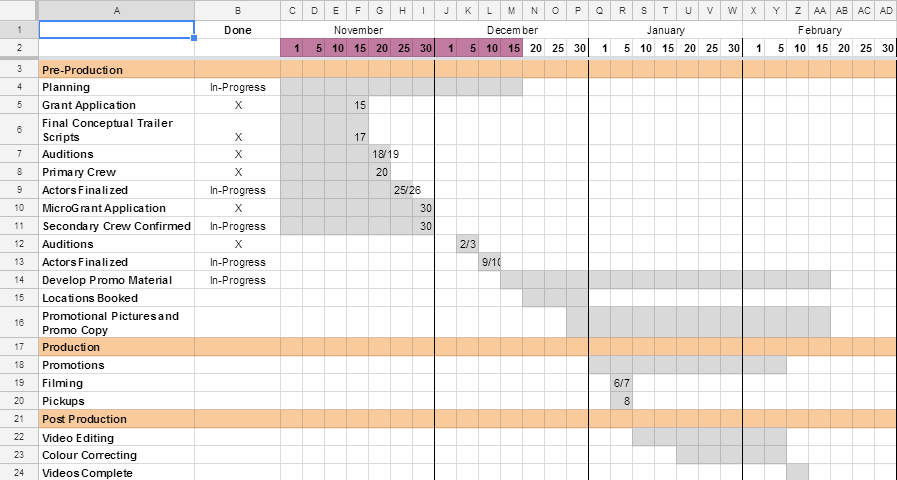The knowing-doing gap was popularized by Jeffrey Pfeffer and Robert Sutton. The knowing-doing gap is essentially: You know what you have to do. But, the doing doesn’t happen. Therefore, the results don’t happen.
Below are a few examples of how the know-do gap can show up in your life:
I KNOW I have to start that essay my professor assigned us at the beginning of the semester, but I DO it two days before it’s due.
I KNOW I should be getting medical help for this reoccurring problem, but only until I start coughing up blood is when I DO it (this example is a bit extreme, but you get my drift).








